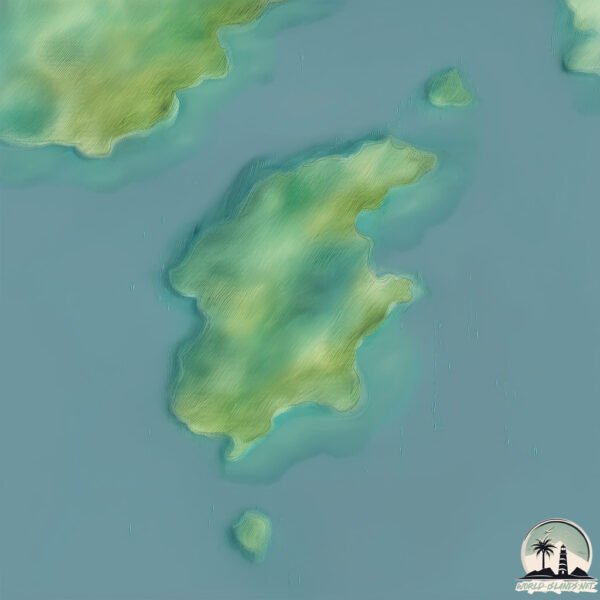T’an-do

Welcome to T’an-do, a Continental island in the Yellow Sea, part of the majestic Pacific Ocean. This guide offers a comprehensive overview of what makes T’an-do unique – from its geography and climate to its population, infrastructure, and beyond. Dive into the details:
- Geography and Size: Explore the island’s size and location.
- Climate and Weather: Weather patterns and temperature.
- Topography and Nature: Uncover the natural wonders of the island.
- Infrastructure and Travelling: Insights on reaching, staying, and making the most of your visit.
- News and Headlines: Latest News.
Geography and size of T’an-do
Size: 6.589 km²
Coastline: 15 km
Ocean: Pacific Ocean
Sea: Yellow Sea
Continent: Asia
T’an-do is a Small Island spanning 6.6 km² with a coastline of 15 km.
Archipel: –
Tectonic Plate: Eurasia – One of the world’s largest tectonic plates, the Eurasian Plate covers a significant portion of Europe and Asia. It’s characterized by diverse geological features, including the Ural Mountains, the European Plain, and the Himalayas formed from its collision with the Indian Plate.
The geographic heart of the island is pinpointed at these coordinates:
Latitude: 39.51892604 / Longitude: 124.69428814
Climate and weather of T’an-do
Climate Zone: Continental
Climate Details: Monsoon-Influenced Hot-Summer Humid Continental Climate
Temperature: Hot Summer
Climate Characteristics: Hot summers with monsoon rains, contrasting with dry, cold winters. Typical of east Asian continental edges.
Topography and nature of T’an-do
Timezone: UTC+09:00
Timezone places: Asia/Tokyo
Max. Elevation: 205 m
Mean Elevation: 110 m
Vegetation: Mixed Forest
Tree Coverage: 68%
The mean elevation is 110 m. The highest elevation on the island reaches approximately 205 meters above sea level. The island is characterized by Hills: Gently sloping landforms with rounded tops, having a maximum elevation between 200 and 500 meters. Hills contribute to a varied landscape on islands.
Dominating Vegetation: Mixed Forest
A combination of both deciduous and evergreen trees, often found in transitional zones between forest types. These forests offer a diverse habitat for various wildlife species. T’an-do has a tree cover of 68 %.
Vegetation: 7 vegetation zones – Very Highly Diverse Island
Islands in this range are ecological powerhouses, showcasing a wide array of vegetation zones. Each zone, from lush rainforests to arid scrublands, coastal mangroves to mountainous regions, contributes to a complex and interdependent ecosystem. These islands are often hotspots of biodiversity, supporting numerous species and intricate ecological processes.
Infrastructure and Travelling to T’an-do
Does the island have a public airport? no.
There is no public and scheduled airport on T’an-do. The nearest airport is Dandong Langtou Airport, located 71 km away.
Does the island have a major port? no.
There are no major ports on T’an-do. The closest major port is DANDONG, approximately 67 km away.
The mean population of T’an-do is 200 per km². T’an-do is Moderately Inhabited. The island belongs to North Korea.
Continuing your journey, Ka-do is the next notable island, situated merely km away.
North Korea is classified as Least developed region: Countries that exhibit the lowest indicators of socioeconomic development, with the lowest Human Development Index ratings. The level of income is Low income.
News – Latest Updates and Headlines from T’an-do
Stay informed with the most recent news and important headlines from T’an-do. Here’s a roundup of the latest developments.
Please note: The data used here has been primarily extracted from satellite readings. Deviations from exact values may occur, particularly regarding the height of elevations and population density. Land area and coastline measurements refer to average values at mean high tide.
